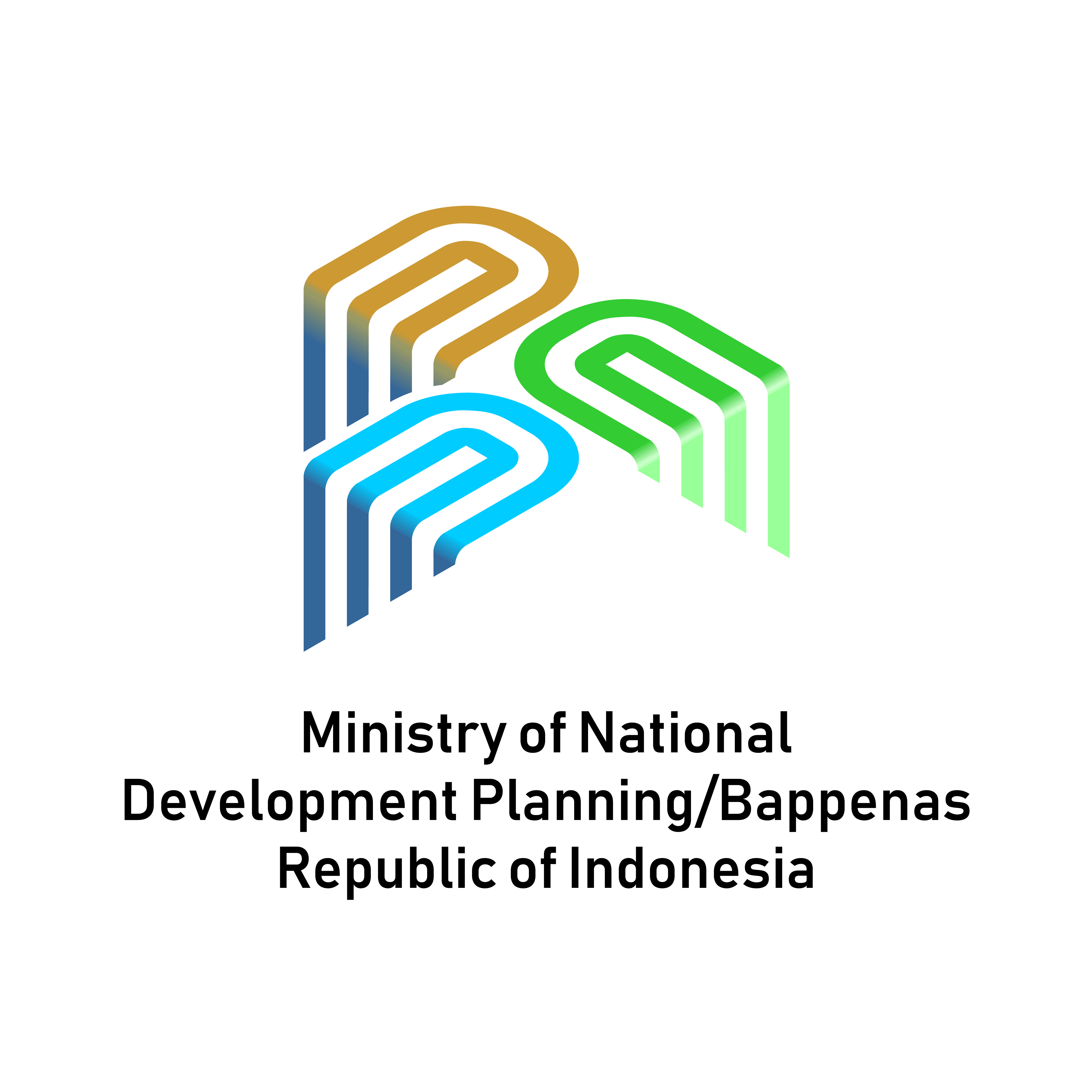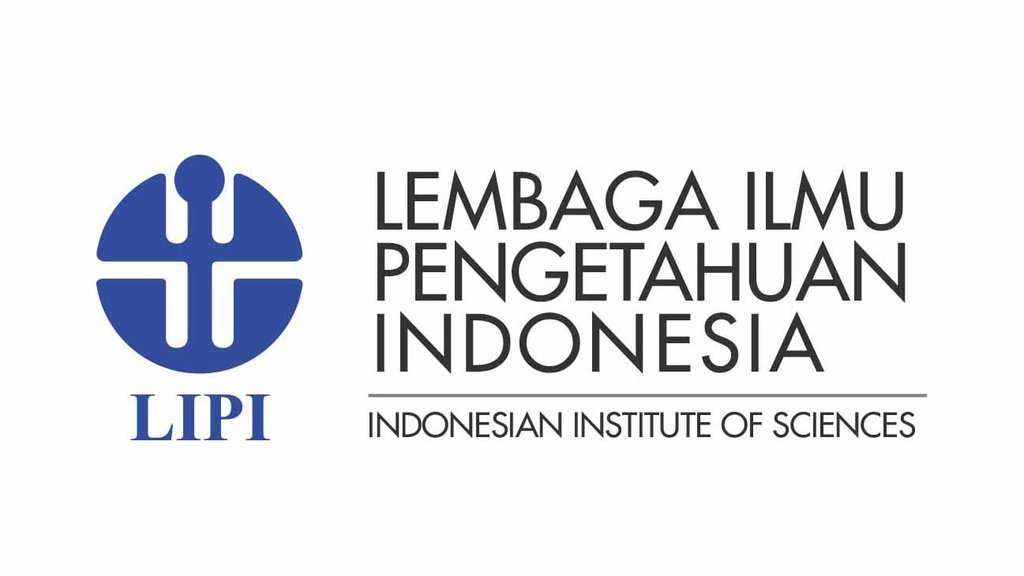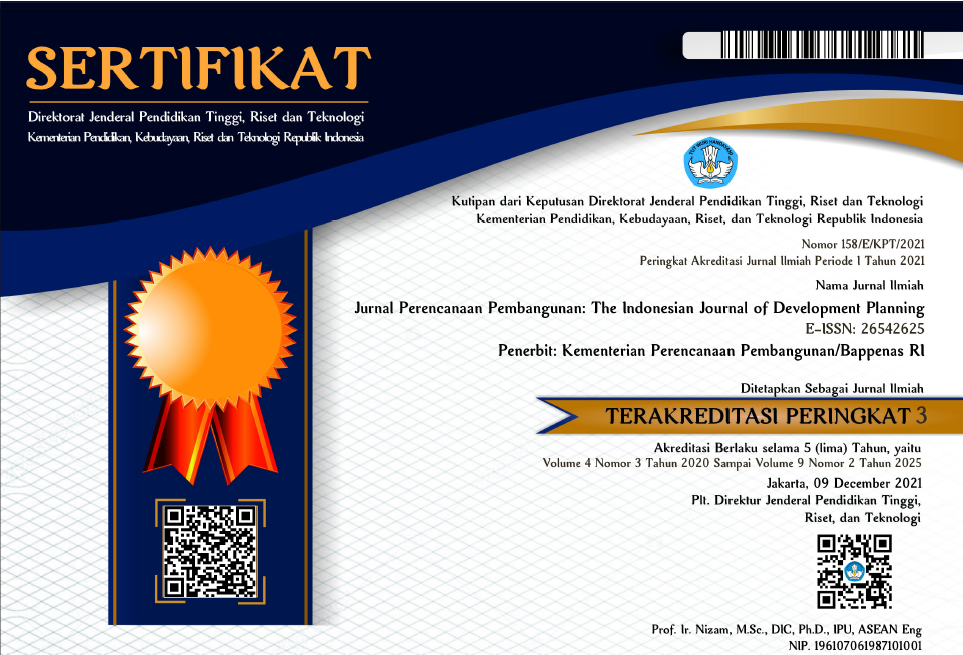The Contribution of Natural Resources on Economic Welfare In Indonesia
DOI:
https://doi.org/10.36574/jpp.v1i3.20Keywords:
natural resources, economic welfare, investment, primary completion level, industry value addedAbstract
The objective of this research is to examine the relationship between natural resource abundance and economic welfare at the national level of Indonesia. Four variables of institutional quality, investment level, education level, and industry value added are considered in the study as the moderating variables between economic welfare and natural resource rents. This study found that the results are not robust to conclude that the rent generated from natural resources is contributing to the economic welfare in Indonesia. Nevertheless, this study found there are three moderating variables that can become a support to strengthen the relationship between natural resources and economic welfare, these are institutional quality through improvement in the political stability, strengthening the accountability, stringent the regulations, and enforcing the rule of law; primary completion level; and industry value added.
Downloads
Downloads
Published
How to Cite
Issue
Section
License
This is an open-access article distributed under the terms of the Creative Commons Attribution-NonCommercial-ShareAlike 4.0 International License. Copyright © Kementerian PPN/Bappenas RI


















